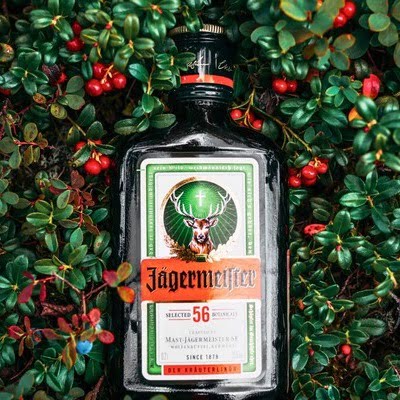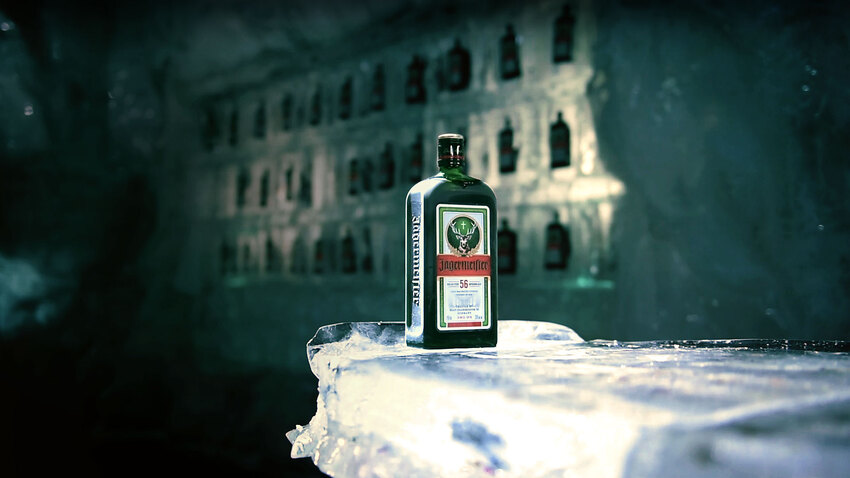
The History and Origin of Jägermeister: From an Ancient Recipe to a Global Brand
Jägermeister, a renowned herbal liqueur, has carved a niche in the global spirits market with its distinct flavor and iconic branding. Originating from Germany, this drink is celebrated for its unique blend of 56 botanicals and a storied past that intertwines with tradition and innovation. This article delves into the rich history, intricate recipe, and evolution of Jägermeister from a local elixir to a worldwide sensation.
Origins of Jägermeister
The story of Jägermeister begins in the early 20th century in Wolfenbüttel, a small town in Lower Saxony, Germany. Curt Mast, the son of a vinegar manufacturer, developed an interest in creating a unique herbal liqueur. Drawing inspiration from traditional German herbal remedies and hunting culture, Mast crafted a beverage that would stand the test of time. The name “Jägermeister” itself means “Master Hunter,” a nod to the hunting tradition deeply embedded in German culture.
Jägermeister’s Recipe
The secret behind Jägermeister’s distinctive taste lies in its complex recipe. Comprising 56 different herbs, fruits, roots, and spices, the formula has remained unchanged since its inception in 1934. Key ingredients include star anise, cinnamon, ginger, and juniper berries, which are carefully selected and measured to create the perfect balance. The botanicals are macerated in alcohol, and the mixture undergoes a lengthy aging process in oak barrels for up to a year, allowing the flavors to meld harmoniously. The final product is filtered and blended to achieve the characteristic smooth and rich taste of Jägermeister.
The Early Years and the Development of the Brand
In its early years, Jägermeister was marketed primarily as a medicinal tonic and digestif. Curt Mast’s marketing strategy was innovative for its time; he emphasized the beverage’s digestive benefits and its connection to the hunting tradition. The distinctive green bottle with the stag logo, inspired by the patron saint of hunters, Saint Hubertus, helped cement Jägermeister’s identity.
During World War II, Jägermeister faced significant challenges as alcohol production and distribution were heavily regulated. However, the brand managed to survive and even thrive post-war, thanks in part to its loyal following among hunters and locals.

Jägermeister in the Twentieth Century
The latter half of the twentieth century saw Jägermeister transform from a regional specialty into an international phenomenon. A pivotal moment came in the 1970s when the brand was introduced to the American market. Initially a niche product in the U.S., Jägermeister’s popularity soared among young adults and college students due to its unique taste and the novelty of consuming it as an ice-cold shot.
Jägermeister’s clever marketing campaigns played a crucial role in its global expansion. The brand sponsored music festivals, heavy metal bands, and sporting events, creating a strong association with a rebellious and adventurous lifestyle. This strategic positioning helped Jägermeister gain a foothold in new markets and broaden its appeal.
Jägermeister Today
Today, Jägermeister is one of the most recognizable liqueurs worldwide, enjoyed in over 140 countries. Its legacy is maintained by the Mast-Jägermeister SE company, which continues to uphold the traditional methods of production while also embracing modern marketing tactics. The brand remains a staple in bars and nightclubs, known for its versatility in cocktails and its role in popular drinking rituals like the Jägerbomb.
In recent years, Jägermeister has also focused on sustainability and social responsibility. The company has implemented eco-friendly practices in sourcing and production, ensuring that the revered recipe can be enjoyed by future generations without compromising the environment.
From its humble beginnings in Wolfenbüttel to its status as a global icon, Jägermeister’s journey is a testament to the enduring appeal of quality and tradition. Curt Mast’s vision of a unique herbal liqueur has not only survived but thrived, adapting to the changing times while staying true to its roots. As Jägermeister continues to evolve, it remains a beloved brand that brings people together, one shot at a time.
